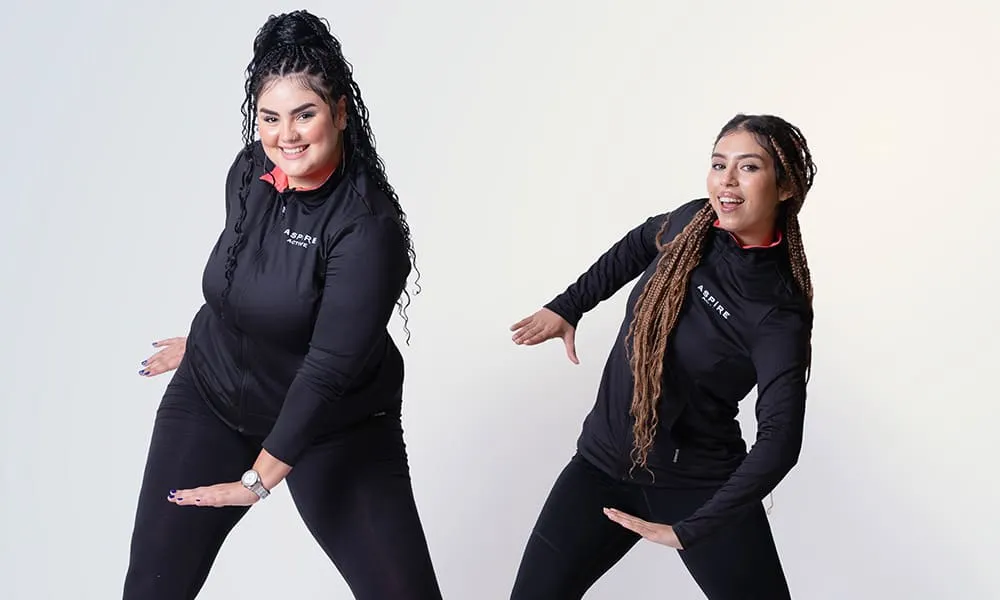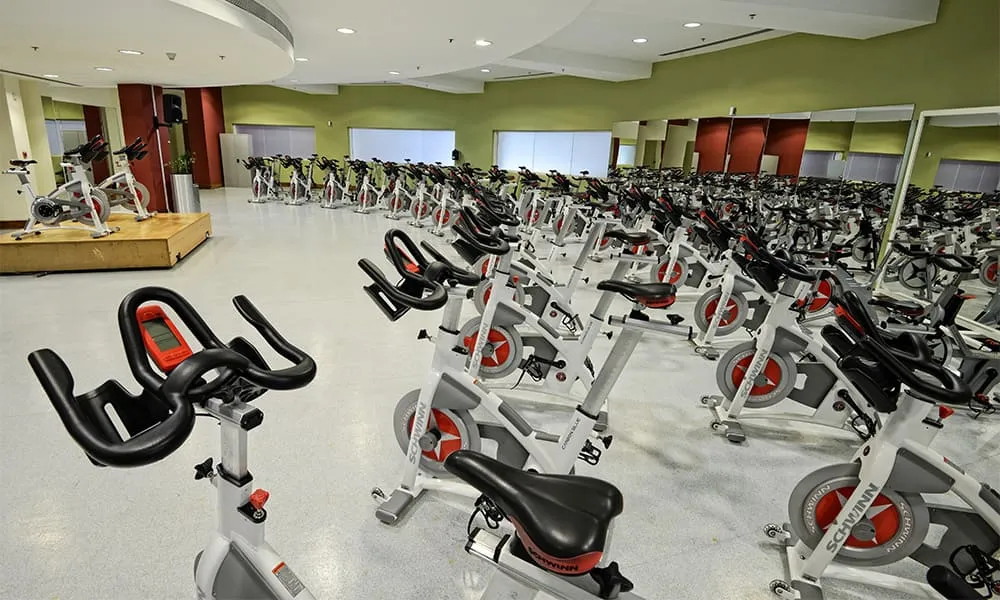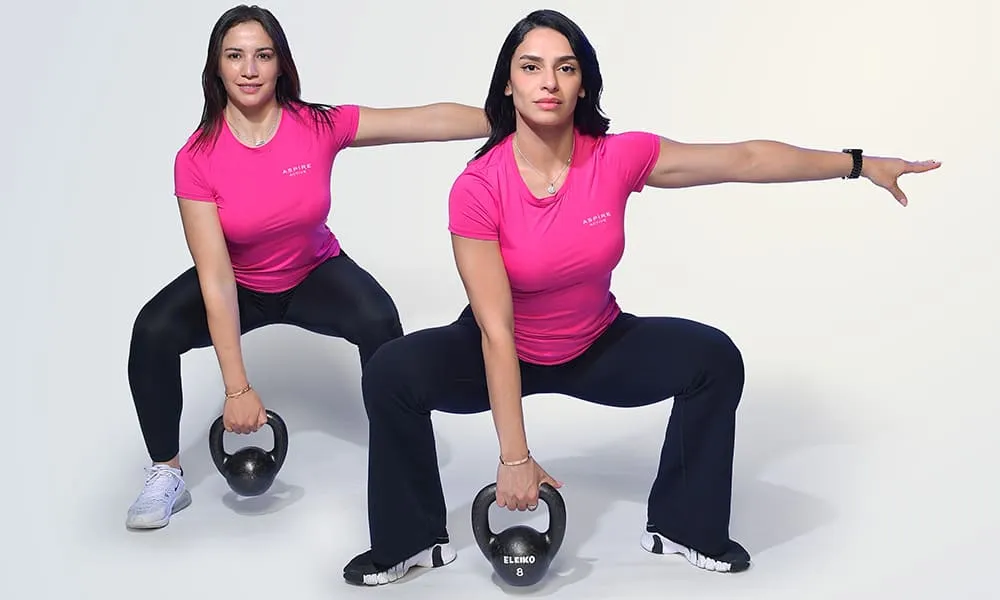Being mindful while exercising during Ramadan is crucial. Here’s what you should understand.
During the holy month of Ramadan, eating and sleeping schedules undergo significant changes unlike any other time. This thirty-day period offers a major opportunity for those aiming to lose weight through a healthy diet and exercise combo. Some may plan their exercise routines in advance while fasting, with preferences split between working out before or after Iftar.
Studies have indicated that fasting for an entire month without engaging in physical activity can lead to a decline in overall strength and physical fitness. Therefore, Muslims need to maintain an active lifestyle during Ramadan to preserve their health and well-being.
What exercise routine works best during Ramadan?
When it comes to determining the most effective workout regimen during fasting, three key fitness elements come into play: strength training, cardio, and flexibility. Prioritising muscular strength is crucial to prevent muscle loss and maintain metabolic rate. Integrate light-intensity cardio sessions, lasting 30 minutes, every other day to tap into fat stores for energy. Prioritise warm-up and cool-down routines to handle potential blood pressure drops due to dehydration. Start resistance training with upper body exercises before transitioning to lower body exercises to manage blood pressure fluctuations. Lastly, incorporate flexibility exercises to address mobility issues post-Ramadan and Eid.

The best workout times during Ramadan
90 minutes before sunset
Engage in a light workout during the cooler part of the day, allowing you to hydrate soon after and benefit from exercising on an empty stomach. Focus on low-intensity exercises such as resistance training, with low repetitions and weights, along with ample stretching. Additionally, consider a short brisk walk or light jog.
Post evening meal
While cardio exercises may be challenging on a full stomach, an hour after iftar is suitable for weight training. Go with adding extra food to your meal plan on workout days to fuel your body and ensure proper hydration by drinking plenty of water.
Between 11pm and 2am
For those who prefer late-night activities, exercising between 11pm and 2am is ideal after your body has digested food and is fully rehydrated. If you’ve had some rest in the afternoon, this time frame offers cooler temperatures compared to daytime workouts, allowing for a comfortable session and leaving time for additional sleep before the day begins.
Between 3am and 4am
Early risers can benefit from working out just before suhoor, leveraging energy from the previous night’s meal while maintaining an empty stomach. Hydrate during exercise and refuel afterward to sustain energy levels for the day ahead, providing an energising start to your morning.


QH reached out to fitness specialists at Aspire Active and Anytime Fitness (Qatar’s leading fitness centres) to get tips for maintaining a consistent workout routine and recommend exercises during Ramadan.
Tips for staying consistent with workouts during Ramadan
- Warm up and cool down for body recovery
- Listen to your body’s condition
- Get enough sleep
- Break your fast lightly before working out
- Stay hydrated after breaking your fast
- Avoid aggressive and high-intensity exercises
- Limit workout time to a maximum of 30 minutes daily
- Following these steps ensures good body recovery and prevents exhaustion, allowing you to repeat the process the next day
Recommended exercises during Ramadan
Low-intensity training before Iftar (1 hour before)
- Brisk walking
- Cycling
- Yoga
- Jogging
Strength training for building and maintaining muscle mass after iftar
- Squats
- Deadlift
- Lunges
- Chest press
- Shoulder press
- Bicep curl
- Triceps extension
Note: Recommended to have two separate days of rest between training days for recovery.

Adjusting workouts for fasting schedules
- Opt for indoor activities to minimise fluid loss in hot temperatures
- Schedule lower intensity cardio and light weightlifting before breaking the fast
- Alternate between cardio and weightlifting sessions throughout the week
- For high-intensity workouts, break your fast with a light meal like water and dates
- Reduce workout volume and intensity during the first week of Ramadan to allow your body to adapt
- Be forgiving if you didn’t get enough rest
- Peg upper body resistance training before lower body to manage blood pressure
Moderate to high-intensity training after Iftar (at least 30 minutes after)
- Mountain climber
- Jumping jack
- Burpees
- High knees
Photos credits: Aspire Active and Anytime Fitness (Qatar)
Find it: Aspire Active, Al Waab Street, 23833, Doha, Qatar
Anytime Fitness, Mall of Qatar Branch, Doha, Qatar
Instagram handle: @aspire.active , @anytimefitnessqatar



















